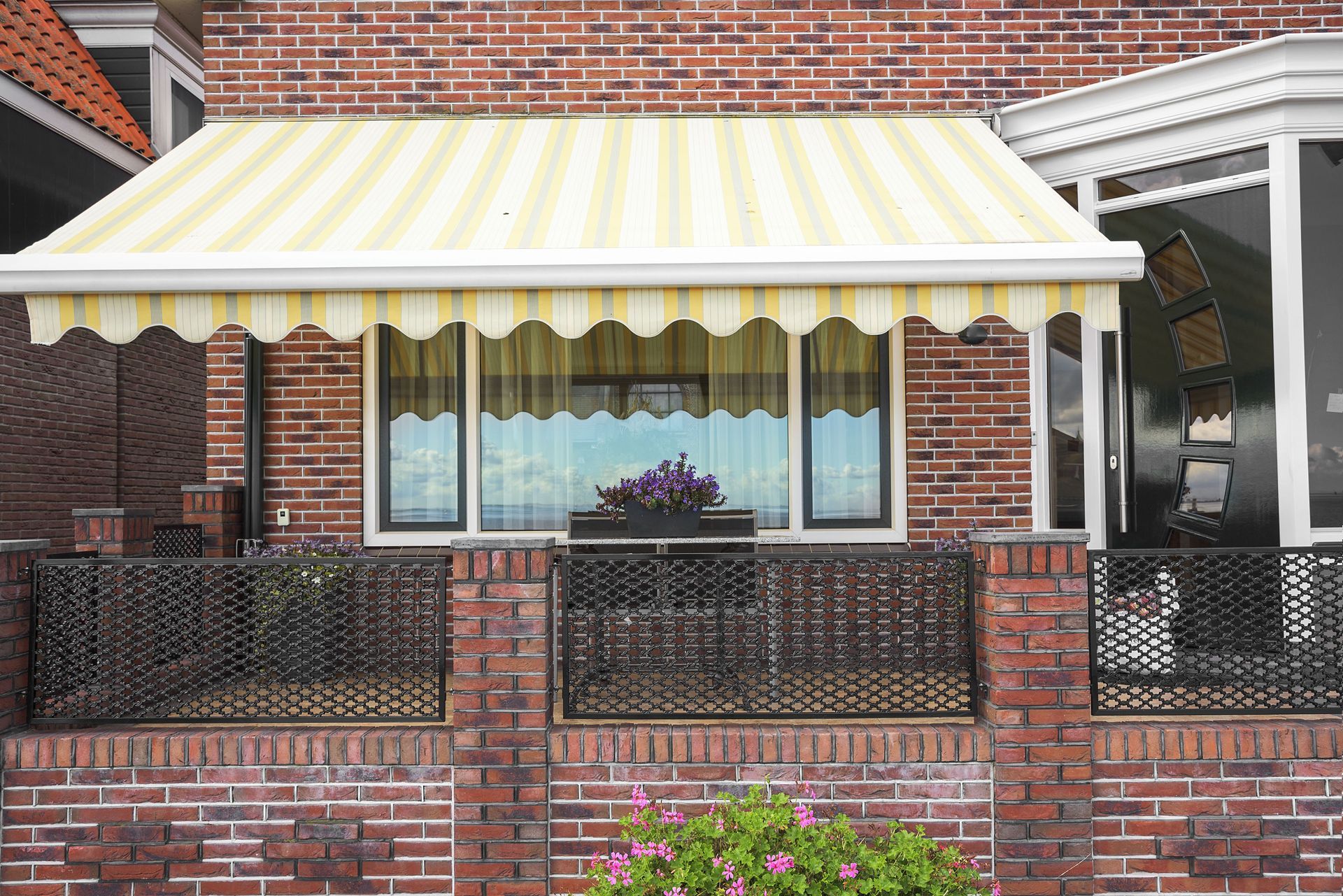Maintenance Tips for Your Awnings
Do you have an awning on your porch or patio? An awning can be a great way to create shade in your outdoor space and to keep the exterior of your home cool and protected from the sun. As you probably know, an awning can help you maximize the enjoyment of your outdoor space.
To get the most possible enjoyment out of your awning, it's important to take care of it every year. Every awning has a shelf life, but you can make yours last longer with some basic maintenance. Below are a few tips to help you maintain your awning.
Clean Your Awning Regularly
Perhaps the most important thing you can do to maintain your awning is to clean it regularly. Awnings are meant to protect you and your patio from the elements. Unfortunately, that means your awning also collects dirt and debris from the elements. That debris can cause your awning to sag and can even clog the retractable parts of the awning. Over time that debris can cause serious damage. That debris can also make your home dirty, including your siding and windows. According to Forbes, your windows should be cleaned once or twice per year. That may need to happen more frequently if you don't clean your awning. The best way to prevent this damage is to regularly clear your awning of leaves, dirt, and other debris.
Retract Your Awning During Extreme Weather
You may have your awning to protect you from the sun, rain, and other weather. However, an awning can't stand up to every type of weather. During extreme weather, your awning could be damaged by heavy rain, strong, winds, and much more. Keep an eye on the weather forecast and be sure to retract it if severe weather is approaching. If high winds or heavy rains are expected, you should definitely retract your awning. Otherwise, you could find your awning collapsed or even detached from your home.
Trim Trees Around Your Awning
One of the greatest dangers to
awnings is the presence of nearby trees. Leaves, acorns, and more can fall from the trees onto the awning. If enough leaves and acorns accumulate, your awning could sag and even start to tear. It could even collapse after too much time. Another risk is tree sap, which can damage the fabric and even clog up the retractable portion of the awning. Tree sap can fall from the tree to the awning below. You can minimize both these risks by regularly trimming trees around the awning. Trim the branches back and remove anything that could fall onto your awning. Make sure there aren't limbs hanging over the awning.
Dry Your Awning
If your awning is subject to rain, it's important that you allow it to dry in the sunshine before retracting it in for extended periods of time. Letting it sit in the sun will prevent the growth of mold and other contaminants.
Inspect Your Awning Regularly
Finally, be sure to inspect the awning on a regular basis. That way you can identify possible issues and resolve them before they become serious. For instance, your inspection could reveal moisture, debris, or even things like loose screws and bolts. You can then address the issues while they're still minor. If you don't inspect your awning regularly, you may not notice issues as they're happening. However, with a regular inspection, you can resolve minor issues before they become major ones.
An awning can be an invaluable addition to your home. You can use it to make your patio more enjoyable and comfortable while still protecting the exterior of your home. However, to maximize the benefits of your awning, you'll need to maintain it. Follow the steps listed here to take care of your awning and get the maximum lifespan from it. Contact Sunshades Awning Company, Inc to get a new awning or to get your current one serviced.













Share On: